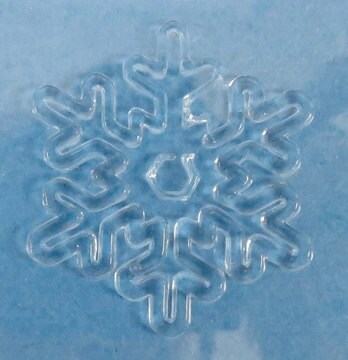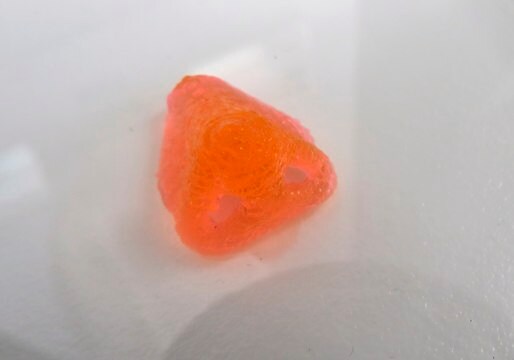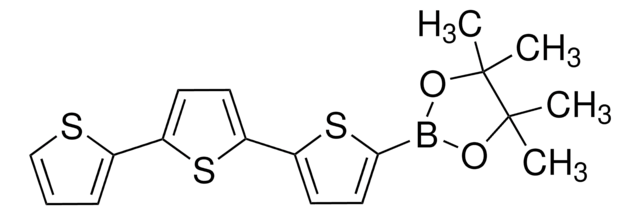919624
TissueFab® bioink
(GelHA)ma -Vis/405 nm
Synonym(s):
Bioink, HAMA, Hyaluronic Acid methacryloyl, Hyaluronic acid, Hyaluronic acid methacrylamide, Hyaluronic acid methacrylate, Sodium hyaluronate
About This Item
Recommended Products
Quality Level
description
suitable for 3D bioprinting applications
sterility
sterile-filtered
form
viscous liquid (gel)
impurities
<5 CFU/g Bioburden (Fungal)
<5 CFU/g Bioburden (Total Aerobic)
color
colorless to pale yellow
particle size
0.2 μm
pH
6.5-7.5
application(s)
3D bioprinting
Looking for similar products? Visit Product Comparison Guide
Related Categories
Application
Packaging
Legal Information
Storage Class Code
10 - Combustible liquids
WGK
WGK 3
Choose from one of the most recent versions:
Certificates of Analysis (COA)
It looks like we've run into a problem, but you can still download Certificates of Analysis from our Documents section.
If you need assistance, please contact Customer Support.
Already Own This Product?
Find documentation for the products that you have recently purchased in the Document Library.
Articles
Bioinks can be 3D bioprinted into functional tissue constructs for drug screening, disease modeling, and in vitro transplantation. Choose the Bioinks and method for specific tissues engineering applications.
Our team of scientists has experience in all areas of research including Life Science, Material Science, Chemical Synthesis, Chromatography, Analytical and many others.
Contact Technical Service







